
Family City Break in Prague – the City of a Hundred Spires. Such a long title, and I hope I could write up and justify that through photos.
The weather is the same in Vienna, cold mornings and warm afternoons that will confuse you on deciding what to wear. The buildings are the same in Vienna, gothic and influenced by Roman architecture, for the city has been the permanent seat of two Holy Roman Emperors and thus was also once the capital of the Holy Roman Empire. – This perhaps explains why there are so many churches in the city – thus a hundred spires.
My in-laws who arrived earlier that day fetched us at the train station near our hotel…from the main train station, we took one ride, about 5 stations and we walked to our hotel with them. It’s less crowded than Manila but certainly busier than Vienna.
Ok, I’m paranoid I tell you but knowing how some groups (read: pickpockets) operate won’t be harmful. Stay away from those who have crutches…most of the time it’s just a front…so when we came from the station, there’s a group of men and women already following us. I saw one with crutches and his companion was really going behind dad-in-law. I walked further behind pulling hubby with me and them to watch and just when we were passing by a club, the one in crutches walked normally…lol. My hunch was true, it’s a good thing dad-in-law walks fast too!
Anyway, here are some of the ‘what to see and what to do’ for your Family City Break in Prague.
Table of Contents
Spires and Red Roofs, Petrin Tower

As always, the stories would be told in random order. A peek on the day’s events so to speak. The photo below in this paragraph was taken during our walk at the walls bordering Vysehrad, a castle on a hill by the Vtlava River. The above photo was taken when we were going up the Petrín hill to climb up the Prague tower that resembles the Eiffel tower, only smaller.
A somehow good photo view of Prague from the Petrín tower. The tower is not as tall as the Danube Tower but being situated on a hill, it surely gives a much higher point of view. Notice all the red brick roofs! They definitely would look awesome when covered in snow!
Prague’s title “the City of a Hundred Spires” definitely fits it, if not it should be a Thousand Spires. The city outline becomes a lot interesting with all of the spires.
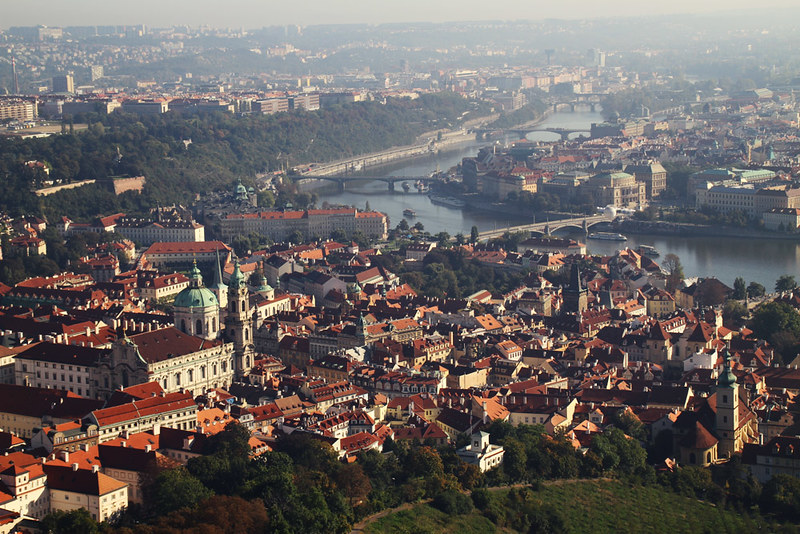
Old Town
Prague’s Old Town is a treasure trove of many historical significance, a lot of bric-a-brac, trinkets to distract you, local food, and Czech produce not found in other places. The walk leading through the Old Town was full of other tourists, many of them clad in same shirts, as they are friends of either a bride or a groom for their despedida de soltera or bachelor’s night.
There are also street performers, men and women clad in traditional clothing, armor you can take pictures with.

Theatres
There’s a lot of theatres in Prague, by a lot I mean more than 40 – both the big ones and the smaller ones. There may not be a lot of English performances, but you’d be sure to find one or two. If not, there’s pantomime. 🙂 Tickets cost close to 400 CZK.
The Czechs love for the performing arts can be seen in the many concerts and shows one can choose from. Many are still coming up as experimental performances through the years.
The National Theatre in Prague remains to be the most famous among all the performance halls. It became the symbol of the Czech national revival period in 1868.
Watch a concert, a drama, an opera, or a ballet if you prefer to further appreciate the culture that is Prague. By concert, it’s not always a classic performance, there’s be music bands of the modern musical genre.
Bohemian Crystal
What best souvenir to take home but a piece of Bohemian crystal. Bohemia, now part of the Czech Republic is world-renowned for its glasses and crystal as high quality, very well crafted at par with any other. A chandelier may be too large to carry, so get something reasonably big you can lug around.


Orloj
The third oldest clock in the world and the oldest one still working astronomical clock can be found at Prague’s Old Town. It has been up and running since 1410, mounted at the City hall.
Orloj has three main components — the astronomical dial, displaying astronomical details; a clockwork hourly show, and a calendar dial with medallions representing the months. It also has gothic sculptures as added decorations.
Many celebrations have been given to this clock in the past years. For example, 2010 was the 600th anniversary and there was a light show display for it. There were also videos showed when the Orloj was being built, torn down, rebuilt, and peeled away to show its internal mechanisms and the famous animated figures, as well as various events in the clock’s history.
There have also been renovations to make sure that the clock works properly.
*Orloj* – City Hall
Staroměstské nám. 1, 110 00 Josefov, Czechia
Dancing House
Also known as Fred and Ginger, the Dancing House is a non-traditionally designed building on a riverfront. It was built as a new part of a property destroyed in 1945. It was designed by the Croatian-Czech architect Vlado Milunić with Canadian-American architect Frank Gehry and was named such for resembling a pair of dancers.
*Dancing House*
Rašínovo nábřeží 80, 120 00 Praha 2
Charles Bridge
Charles Bridge is one of Prague’s oldest bridge, it has suffered several disasters and witnessed many historic events. It was the only bridge erected until 1841 used to cross the Vltava River. The bridge connects to the Old Town – from the photo below showing its outline.
When the sun is up, the bridge will be full of people: tourists, street performers, portrait artists, vendors, and buskers. It is best to come by in the early morning if you want a photo of a people-less bridge.
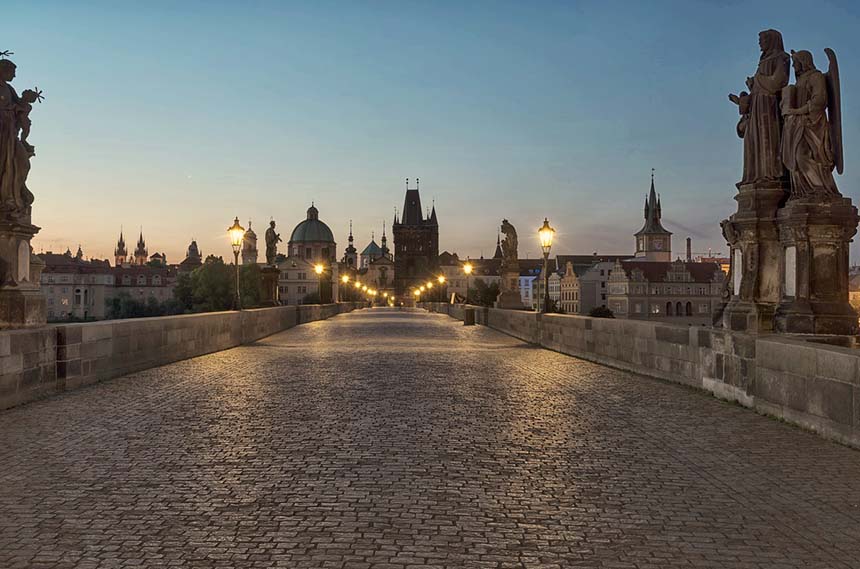
Wenceslas Square
Another place to include in your list for your family city break in Prague is Wenceslas square. It is part of the city centre’s World Heritage site given by UNESCO. The National Museum, designed by Czech architect Josef Schulz can be seen at the background of the photo below. The statue is of Wenceslas on a horse.

Vyšehrad
Vyšehrad means upper castle, named so at it was built on the east bank of the Vltava River. The fort holds Basilica of St. Peter and St. Paul, and a cemetery where famous Czechs are buried (Antonín Dvořák, Karel Čapek, and Alphonse Mucha to name some). The Basilica of St. Peter and St. Paul is a neo-Gothic church an impressive stone mosaic above its entry. There are also a lot of statues in the vicinity, it was fortified by baroque city walls and bastions built on brick ramparts.

Prague Castle
Prague Castle can be found in the district called Hradčany (castle district). It is a complex composed of many architectural styles, not just the palace but the churches, basilicas, monasteries, even gardens within. You can see a detailed list of all the architectural styles of the structures within the premises here.

This fort/castle stands atop a hill and can be seen from as far as the Charles bridge. It is also the official office of the President of the Czech Republic. Prague Castle is the largest ancient castle in the world.
Family City Break in Prague – Checklist
While two days in Prague is doable, we suggest staying at least 4 days to see the musts in this charming city.
To make your Family City Break in Prague more memorable, make sure to do your checklist of things to see and do.
1. Spires and Red Roofs, Petrin Tower
2. Old Town
-Bohemian Crystal
-Theatres
-Orloj
3. Dancing House
4. Charles Bridge
5. Wenceslas Square
6. Vysehrad
7. Prague Castle
Have you been to Prague? Let us know what your favourites were and what we missed to include on this list.
|
|
|
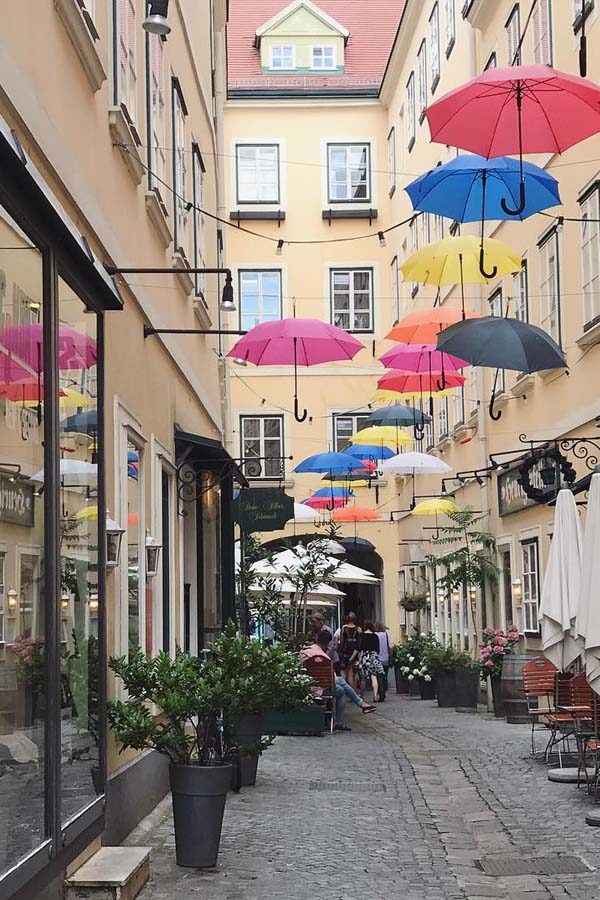




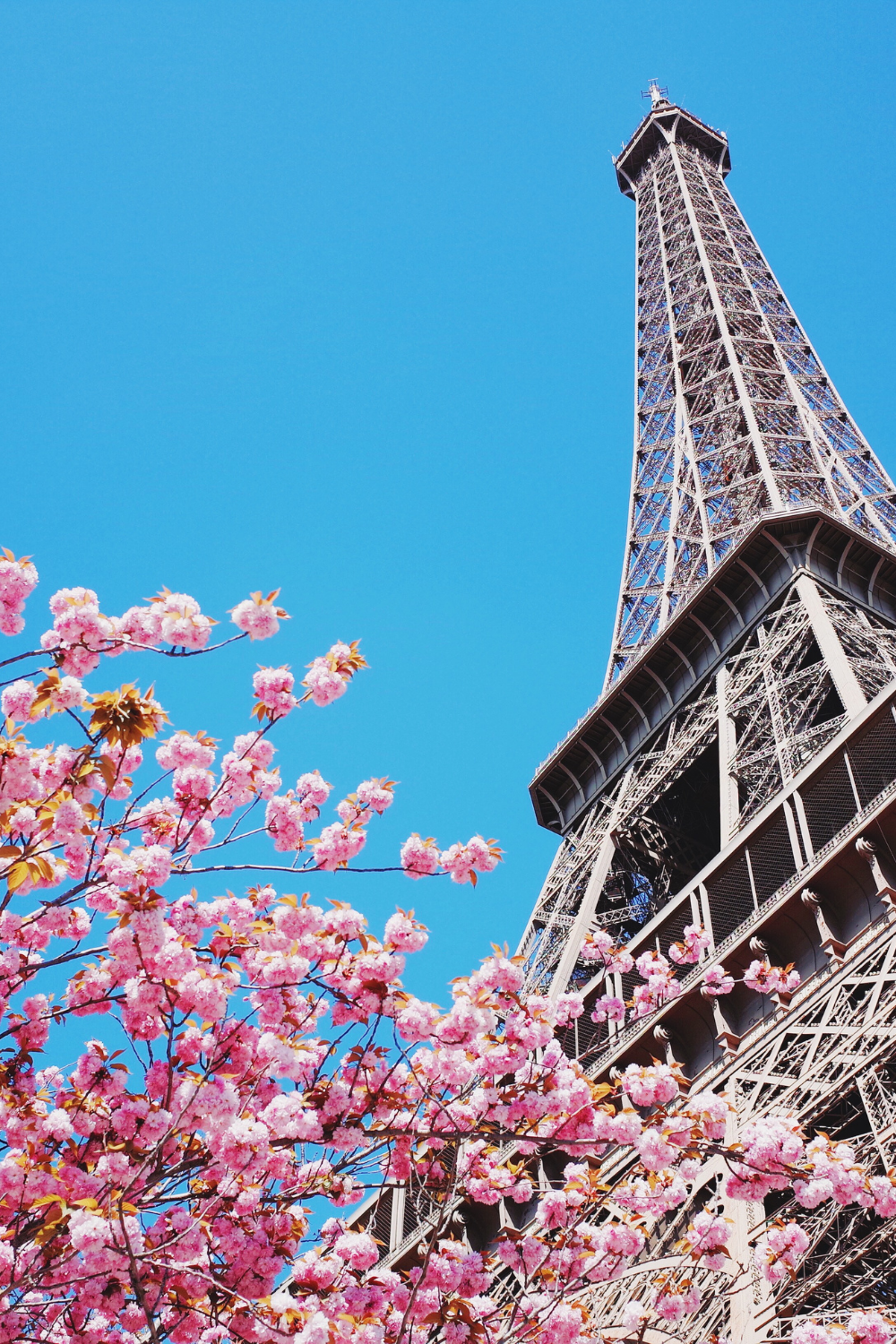

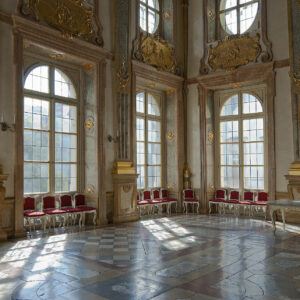
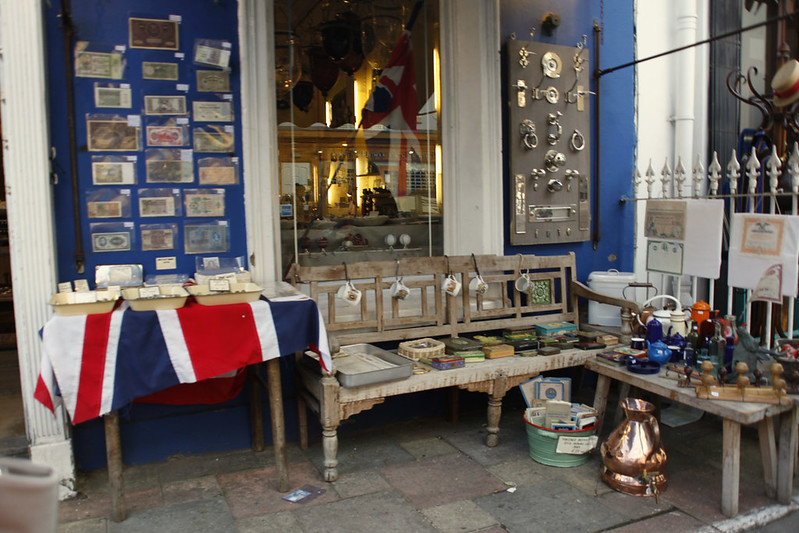
What beautiful photos! Makes me want to visit Prague now. The Orloj is something I had wanted to see after reading about it….
Thanks! Come by in spring, when the weather is just right….the Orloj will be waiting. 🙂
It was a waste that I wasn’t able to go to Prague on my euro-tour, definitely on my next to visit list!
Good news for all us